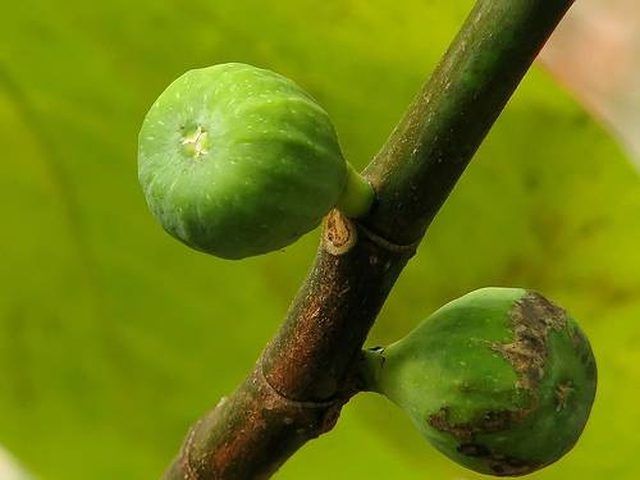Bulbs
Flower Basics
Flower Beds & Specialty Gardens
Flower Garden
Garden Furniture
Garden Gnomes
Garden Seeds
Garden Sheds
Garden Statues
Garden Tools & Supplies
Gardening Basics
Green & Organic
Groundcovers & Vines
Growing Annuals
Growing Basil
Growing Beans
Growing Berries
Growing Blueberries
Growing Cactus
Growing Corn
Growing Cotton
Growing Edibles
Growing Flowers
Growing Garlic
Growing Grapes
Growing Grass
Growing Herbs
Growing Jasmine
Growing Mint
Growing Mushrooms
Orchids
Growing Peanuts
Growing Perennials
Growing Plants
Growing Rosemary
Growing Roses
Growing Strawberries
Growing Sunflowers
Growing Thyme
Growing Tomatoes
Growing Tulips
Growing Vegetables
Herb Basics
Herb Garden
Indoor Growing
Landscaping Basics
Landscaping Patios
Landscaping Plants
Landscaping Shrubs
Landscaping Trees
Landscaping Walks & Pathways
Lawn Basics
Lawn Maintenance
Lawn Mowers
Lawn Ornaments
Lawn Planting
Lawn Tools
Outdoor Growing
Overall Landscape Planning
Pests, Weeds & Problems
Plant Basics
Rock Garden
Rose Garden
Shrubs
Soil
Specialty Gardens
Trees
Vegetable Garden
Yard Maintenance
Why Do Plants Make Fruit?
Why Do Plants Make Fruit?. Fruits are the seed-bearing ovaries of plants that become ripe. There are several different kinds of fruits, including simple fruits like peaches and watermelons where one flower produces a single ovary, aggregate fruits like raspberries where one flower produces many ovaries, and multiple fruits like pineapples and figs...
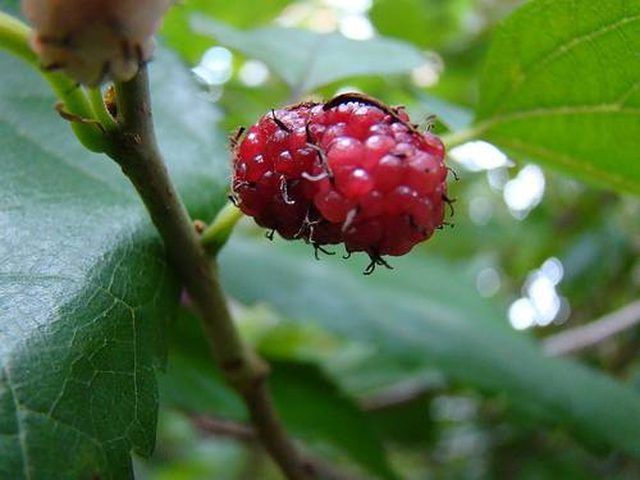
Fruits are the seed-bearing ovaries of plants that become ripe. There are several different kinds of fruits, including simple fruits like peaches and watermelons where one flower produces a single ovary, aggregate fruits like raspberries where one flower produces many ovaries, and multiple fruits like pineapples and figs where flowers crowd around a stem and form one solid fruit. Each different kind of fruit is a strategy to achieve one goal---to reproduce the plant and spread its seed. (See Resource 1, Chapter 7.)
Basics of Fruit
A fruit is an ovary or ovaries surrounding a maturing seed or seeds. The fruit goes through four stages of development. First, the flower is pollinated, bringing together the genetic material necessary to reproduce the plant. In the second stage, cells inside the flower quickly multiply, forming a very small, immature fruit. In the third stage, the ovary of the fruit expands, storing energy and nutrients. Finally, in the fourth stage, the fruit is ripe and the seeds inside are mature, ready to become new plants. (See Resource 1.)
Drupes
Drupes are a type of simple fruit, fleshy and containing only one seed. Common drupes include cherries, plums, and peaches---fruit usually known as stone fruit. They consist of a thin skin, a plump interior and a woody seed. Drupes are often spread by consumption of the fruit; seeds are then expelled from the body of the animal that ate them or dropped while the fruit is eaten. The hard coat on the seed protects it, and the plant sprouts from the seed when it finds rich soil. (See Resource 2, p. 21.)
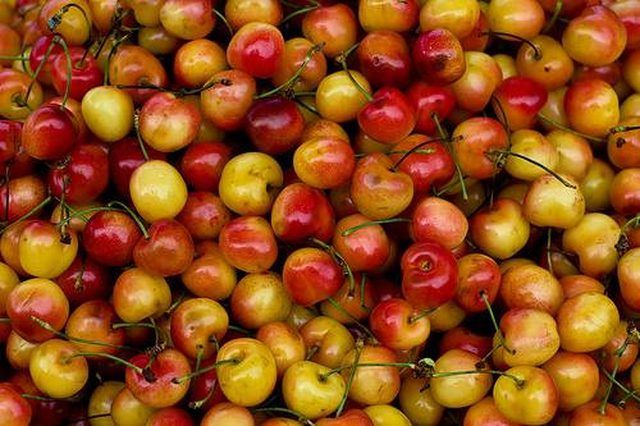
Pomes
All part of the rose family, pomes are another sort of simple fruit. While pomes seem similar in structure to drupes, the flesh of the pome is actually part of the flower from which it grew called the carpel rather than just the ovary. This makes them an accessory fruit, as not all of the fruit's flesh comes from the ovary. The papery, sweet flesh of many pomes like the apple or pear attracts animals to eat them, helping to spread their seeds. (See Resource 2.)
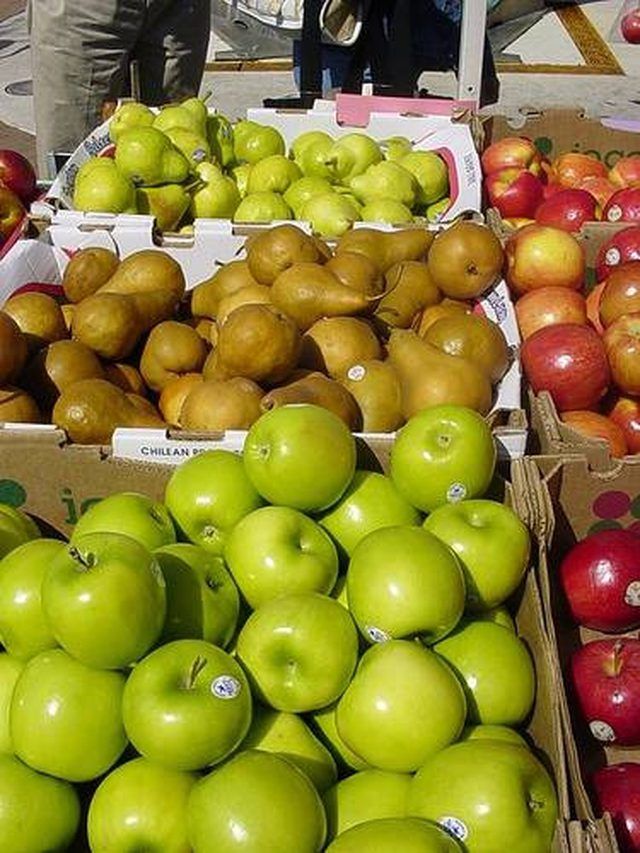
Aggregate Fruit
An aggregate fruit grows from one flower that has many different carpels, parts of the flower that enclose the ovaries. Many tiny fruits called fruitlets grow around a center. Fruits like strawberries, raspberries, and blackberries are aggregate fruits. Like other fruits, these aggregates attract animals to eat them, but, unlike pomes or drupes, they can spread many seeds with one fruit. (See Resource 2.)
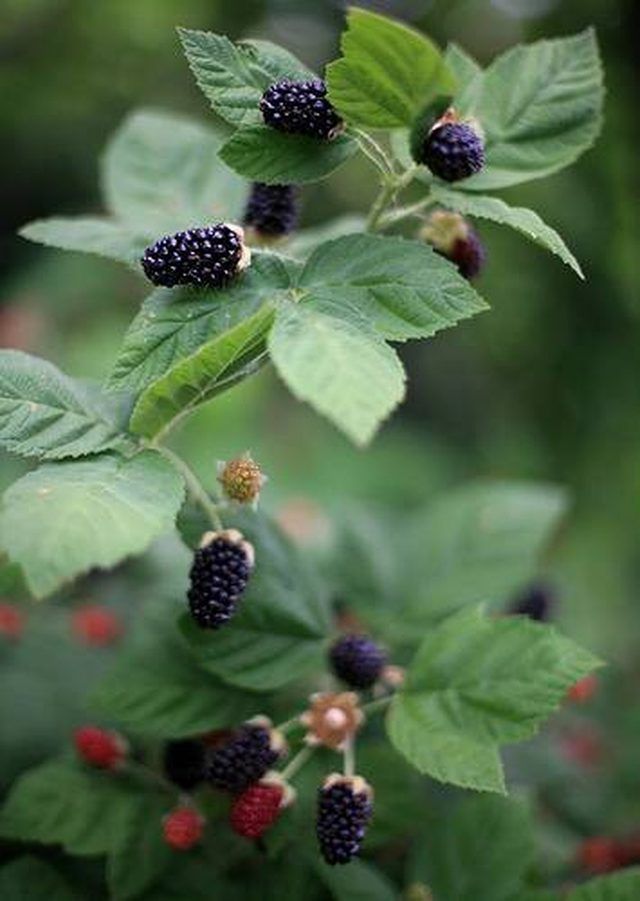
Multiple Fruit
Multiple fruits grow around a cluster of flowers, incorporating many different ovaries into the single fruit. When the fruit matures, it becomes one edible fruit. Examples of multiple fruits include the mulberry and the fig. As with the aggregate fruit, many seeds are contained in each single fruit, optimizing seed distribution. (See Resource 2.)
